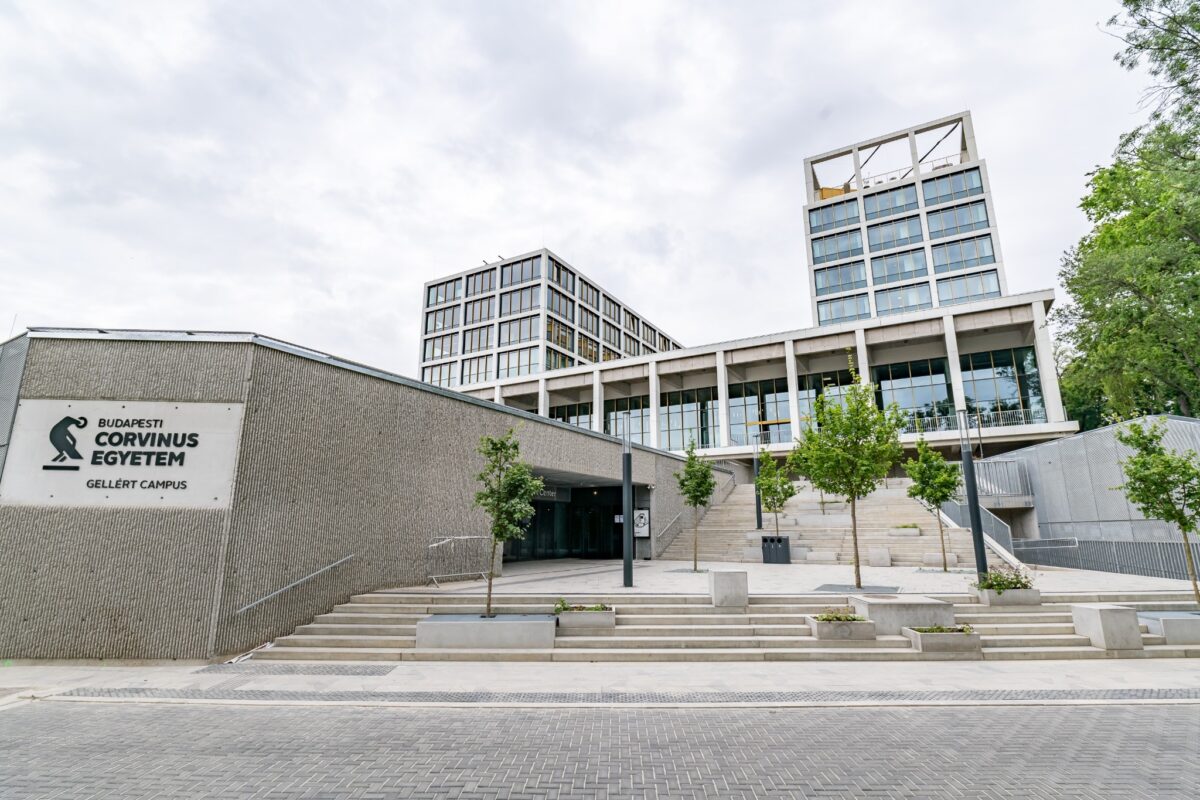Maximising Efficiencies with Timetabling

The importance of school timetables is not to be underestimated; they are an essential component for the efficient and productive running of any educational institution. Neil Gregory, Customer Success Director and Co-Founder of bespoke data management service provider, The ONTO Group, shares an insight into how they can be can be utilised to maximise efficiencies in school and colleges…
Whether a school or college opts to manually create its own timetable, sources external support or uses particular software, it’s imperative to make sure that the timetable is meticulously crafted to meet the needs of the individual establishment, including its pupils and staff members.
Further to ensuring that both students and teachers are prepared for the day ahead, there are a number of other factors why having an expertly organised timetable can be highly beneficial, including heightened student satisfaction, improved staff wellbeing and boosted student outcomes. And, as budgets are becoming increasingly restricted in the education sector, it is important to utilise these valuable assets to create both time and cost efficiencies.
Crafting a Bespoke Solution
It’s all in the planning. First and foremost, your timetabling solution should have the flexibility to look at the overall school model and curriculum plan, taking into consideration aspects such as class sizes, mandatory lessons and room availability, while optimising the skills of staff members and any flexible working and learning patterns.
Once the current timetable structure has been analysed, the senior leadership team then need to decide on the shape of the school week or teaching sequence – is this going to be a 5, 6, 7, 8,9 or 10-day cycle? This process then enables key decisions to be made on the curriculum itself, which are usually (although not exclusively) often led largely by option choices. Option blocks tend to be the most resource hungry, for both rooms and staff members, and can therefore constrain the rest of the timetable. Once options are decided, the remainder of the school curriculum can then be finalised.
Constraints to Consider
When creating the timetable, it is important to have the opportunity to identify any particular constraints, which can then be used as a starting point for timetable construction after curriculum considerations have been taken into account.
Typical constraints may include restricted staffing in some areas of the curriculum, room limitations such as the number of science labs or PE facilities, part-time staff requirements, cross-school teaching, specific student populations beyond registration groups, or travel between schools, to name but a few.
Decisions also need to be made regarding the length of teaching sessions, are they single, double or even triple lessons? Hour-long sessions make for much easier timetable scheduling! There may also be requirements relating to specific sessions for example, it may be more important to use the Science Labs for double periods, whereas single Science lessons in KS3 could potentially be accommodated in other rooms.
Schools also need to consider whether or not they require an alternative curriculum under the main curriculum, for instance, cross-year support classes available at each period of the day for any student. It is not usual to staff alternative classes until the timetable is complete, otherwise, the staffing of these classes could also act as a constraint.
Improving Student Outcomes
A strong timetable should be effective to the school and the pupils learning in that school, identifying the needs of the establishment and what it wants from its curriculum. For example, its often beneficial to teach English and Mathematics in morning when learning and engagement is higher – ensuring core subjects for exams are scheduled for core times. Locations of classes also need to be considered to reduce too much movement around the school, therefore resulting in less behavioural issues between lessons.
Supporting Staff Members
Smarter schedules can reduce workload, greatly improving wellbeing and career satisfaction resulting in an increased staff retention rate, something which is often a prime issue within the sector. Effective timetables can also reduce teacher movement, saving time and energy.
At Beamont Collegiate Academy (BCA) in Warrington from example, there is a considerable focus on staff wellbeing. Melissa McMillan, Assistant Principal at the college explains, “it is critical that the timetable works for the teachers because ultimately, we need to put teachers that are motivated to teach in front of our students.”
“Our timetable takes into account requests for flexible working, including those who request part-time working, and there are opportunities for professional development with CPD (continuing professional development) time allocated every Friday so, we need to ensure that all staff members are in school then” says Melissa. “Furthermore, there is a wellbeing period built in for each member of staff once per fortnight (although not on Monday’s due to meetings), and staff are entitled to take PPA (planning, preparation and assessment) periods off site for the last session of the day.”
Effective Time Management and Cost Savings
With a solid timetable structure, the overall school model and curriculum plan can be examined to determine if any small changes can be made for a big impact. Could class sizes be maximised to an acceptable limit to cut salary costs? Optimisation can be made within the structure of a school timetable, for example setting a specific number of core classes, and merging core subjects with smaller subjects such as English and History, to be taught at the same time.
With clever constructions, you can save the time of approximately one teacher or half a teacher’s time for significant cost-savings. It’s also important to have the ability to adapt the timetable to accommodate staffing changes.
Outsourcing timetabling for instance and investing in the correct support initially can be a highly cost-effective solution for your establishment, freeing up staff time and enabling them to dedicate this elsewhere, in addition to supporting cost analysis and reduction. Typically, it can take a deputy head of a school two months of dedicated time to prepare and develop the timetable for the next academic year. There is also the benefit of sharing best practice, with insight from the consultant across the sector and knowledge of other schools and how they operate.











Responses